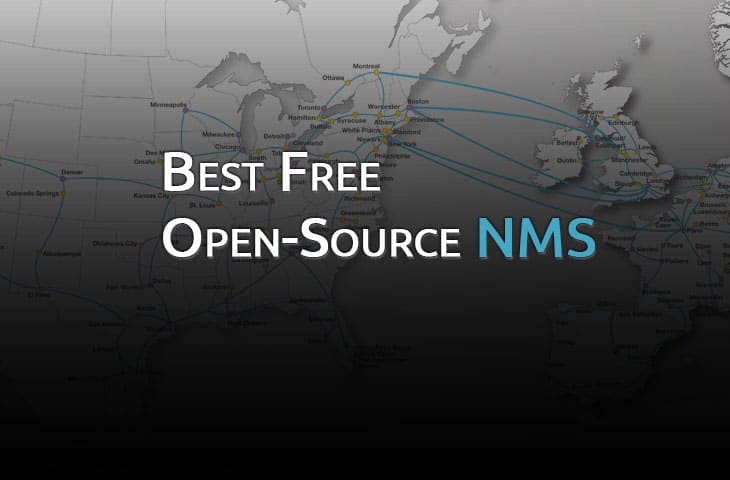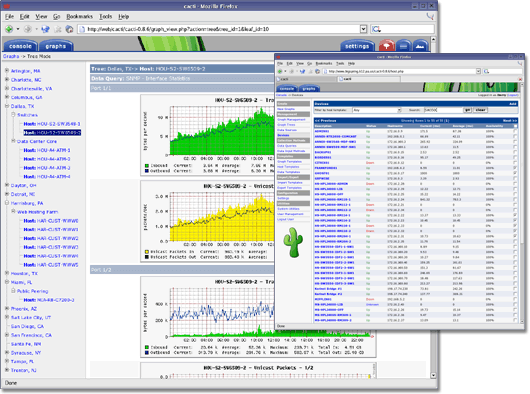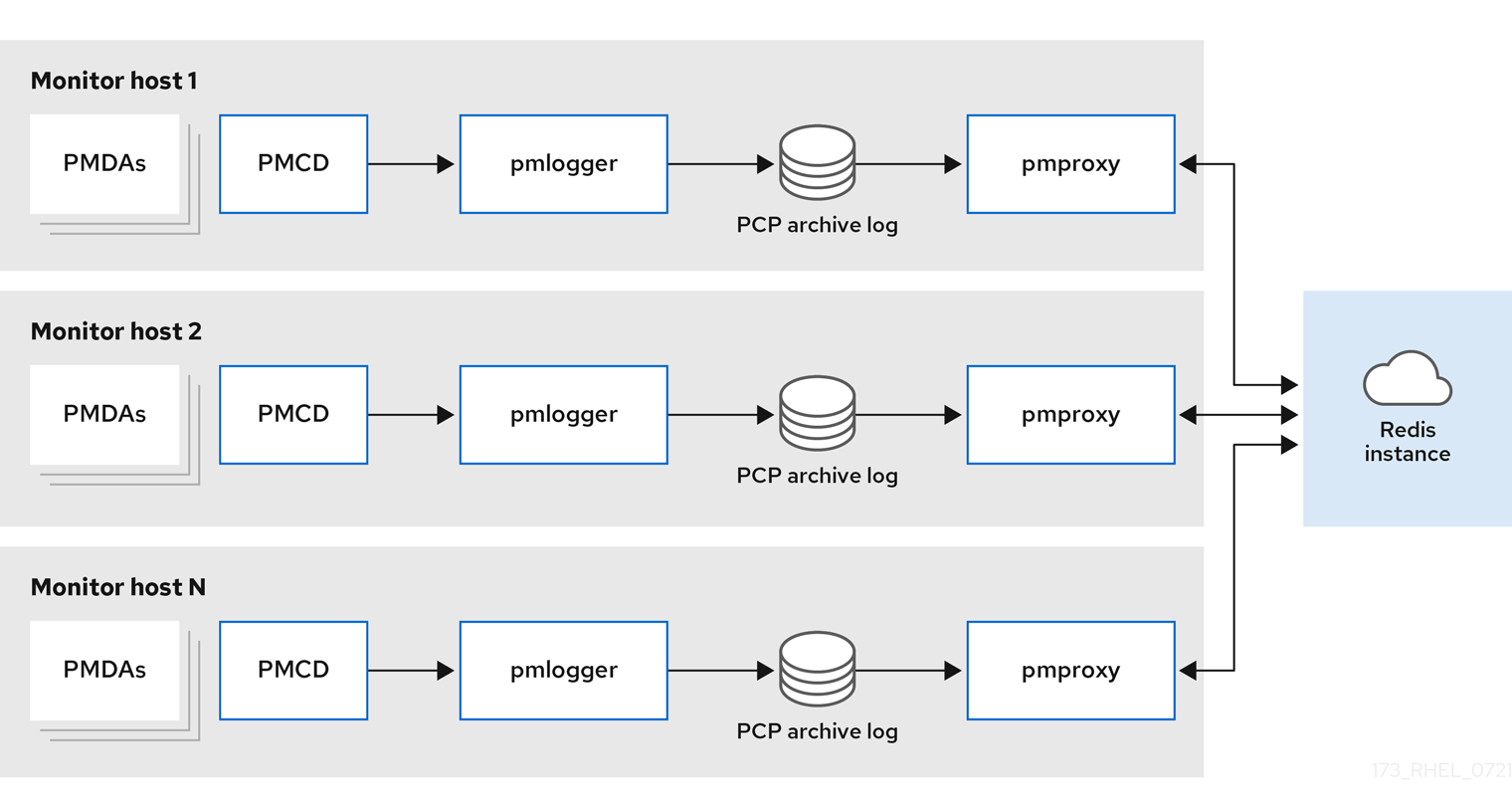

We’re going to cut through the complexity and look at a specific traffic shaping configuration that is suitable for most networks.

It gets more complex in the context of the Internet, where multiple devices are moving packets each with their own queue systems. The technology requires a network engineer understand queuing disciplines and how they impact networking.

While it’s easy to understand the need for shaping and even how it works, its devilishly tricky to configure. With shaping you can choose to delay or drop lower priority traffic to ensure more important traffic flows unimpeded. Networks have limits and shaping gives you the ability to make choices about what traffic is most important when the demands for the network exceed these limits. Traffic shaping is the ability to prioritize some traffic over others.


 0 kommentar(er)
0 kommentar(er)
